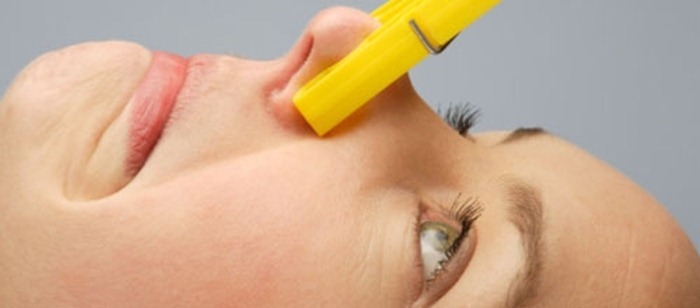
- What is the reason that the pipes are clogged?
- Cable routing -
- device Types
- Diameter of rope and pipe diameter
- How to use a plumbing cable?
A person sooner or later is faced with the fact that water pipes, namely sewerage, are clogged. Of course, on plastic devices this happens much less often than on cast-iron ones. However, nevertheless, it does happen. All these pipelines accumulate grease, dirt and limescale. Today we'll talk about what a plumb line is, when it's time to apply it and how to do it correctly.
to the contents ↑What is the reason that the pipes are clogged?
Depending on the type of gutter and how long you have installed a new sewage system, it can hog up at any time. Even if you are very careful when draining the water and washing dishes, there is no guarantee that the neighbor's child will not drop a toy, ball or anything else into the water pipe. Some housewives, pouring water into the toilet, drop a rag in the same place. That is why it is very important that every house has a plumbing cable. It is with this device that you can professionally clean the pipes for excellent drainage of water.
Important! Despite the great abundance of various means that are sold in household appliances for pipe cleaning, like Mole, they do not give the same guarantee as a plumbing cable.
Causes of clogging in pipes:
- Reducing the diameter of the pipe due to the appearance of grease, dirt and limescale on the walls of the inner diameter. This drawback is often found on cast iron products.
- Disposal of items through a sewer pipe that is not intended for this purpose. Simply put, you have drained some part that is stuck in the pipe, formed a cork and prevents the passage of water into the main.
Plumbing cable - device
A plumbing cable is a metal cord with an adapter for connecting an electric or mechanical drive at one end. It is made by the way of punching or welding.
The principle of operation of this device is that, by mechanical action, the mass that forms inside the water pipe is divided.
The working end of the sanitary cable for cleaning the sewer is lowered into the drain in the nearest place where it is possible and advances to the place of the blockage, thereby eliminating the defect inside the system.
Important! To overcome the corner elements on the site in the sewer, you need to turn the handle - the metal cord flexes.
The best way to clean the pipes is rotational and translational motion in the place of blockage. This procedure should be carried out until water obstruction is eliminated.
to the table of contents ↑Types of
There are several types of rope for sale today that will come to your aid in eliminating blockage.
Ropes of the plumbing:
- Rope - the most common metal cord, with a diameter of up to 12 mm. The cleaning is carried out mechanically.
- Spring-twisted. Cord improved quality. In it, the metal parts are screwed on each other and fit tightly.
Important! Professional plumbers use different types of metal cords. This indicator depends on the diameter and length of the device. For household use, cable ropes up to 5 meters long are in demand. If you live in an apartment, then you will need a three-meter device.
to the contents ↑Diameter of the cable and the diameter of the pipe
Depending on the diameter of the sewage gutter, it is necessary to select a metal cord:
- if the diameter of the sewer pipe is up to one centimeter, then you will need a cord up to ten millimeters;
- if the same water pipe width of 110 millimeters, then buy a tool with a cross section of 16 mm;
- in the event that the cross-section of the sewerage line is more than 110 mm, then it is necessary to take a wire that is more than 16 mm thick.
How to use a plumbing cable?
- Determine the location of the plug.
- Find the place of the inspection hatch. If not, clean it through any suitable opening.
- Pour hot water into the pipeline.
- Insert the wire into the pipe.
- Advance the cord to the clogging site. You will determine it, since the adjustment will go much worse. In this place it is necessary to work rotationally-translational motion.
- Clean the blockage.
- Remove the cord.
- Pour the pipe again with hot water. Let it run off the tap a bit longer.
- Wash the plumbing rope and hide it until the next time.
From this article you learned everything about the plumbing cable, but we hope you will have to apply it very rarely. Be careful when washing dishes, do not clog pipes, and then you will not have any problems with sewer!



